Description
Raloxifene is a selective estrogen receptor modulator (SERM) that is sometimes used by bodybuilders and athletes to help reduce the negative effects of estrogen in the body, such as gynecomastia (the development of breast tissue in men) and retention water. In bodybuilding, raloxifene is sometimes used during or after an anabolic steroid cycle to counteract the negative effects of increased estrogen levels. Anabolic steroids can increase levels of both testosterone and estrogen in the body, and this can lead to estrogen-related side effects, such as gynecomastia. Raloxifene is thought to work by blocking the effects of estrogen in certain tissues, such as breast tissue, while at the same time allowing estrogen to have a positive effect on other tissues, such as bone tissue. This may help reduce the risk of gynecomastia and other estrogen-related side effects.
Use in medicine
Estrogen replacement therapy is considered a first-line approach for the prevention and treatment of numerous conditions that affect women’s health. It is widely recommended for the prevention and treatment of osteoporosis, reducing the risk of mortality from cardiovascular disease, improving the lipid profile, reducing the signs and symptoms of menopause, and possible protection against the development of Alzheimer’s disease.1-3
Raloxifene has both an estrogen-agonist effect on bone and lipid metabolism, and an estrogen-antagonist effect on the endometrium of the uterus and breast tissue. Due to its tissue selectivity, raloxifene may have fewer side effects than those usually seen with estrogen therapy. The most common side effects of raloxifene are hot flashes and leg cramps. Use of the drug is also associated with an increased risk of thromboembolic complications.
Benefits
The estrogenic beneficial properties of raloxifene include a decrease in total cholesterol and low-density lipoprotein cholesterol and an increase in bone mineral density. Raloxifene has been labeled by the U.S. Food and Drug Administration for the prevention of osteoporosis.
Raloxifene versus Tamoxifen
Raloxifene and tamoxifen are both selective estrogen receptor modulators (SERMs) used to treat and prevent certain types of breast cancer, as well as to prevent osteoporosis and reduce the negative effects of estrogen in bodybuilding.
However, there are some differences between the two drugs:
1. Although both drugs are SERMs, they have different mechanisms of action. Tamoxifen works by binding to estrogen receptors in certain tissues, such as breast tissue, and blocking the effects of estrogen. Raloxifene also binds to estrogen receptors, but has a tissue-specific effect, blocking estrogen in some tissues and allowing it to have a positive effect on others.
2. Tamoxifen is generally less expensive than raloxifene, although the cost may vary depending on factors such as dosage and insurance coverage.
In summary, although both drugs are SERMs and have some similar uses, they have different mechanisms of action, uses, and potential side effects, and the choice of which drug to use depends on your individual circumstances and medical history.
Effects on bones
Raloxifene works by binding to estrogen receptors in the body, which can stimulate the formation of new bone and slow the degradation of existing bone. It is used specifically to treat osteoporosis in postmenopausal women, as the loss of estrogen after menopause can lead to decreased bone density and an increased risk of fractures.
The MORE study, involving more than 7,700 postmenopausal women with osteoporosis, found that raloxifene reduced the risk of vertebral fractures by 30-50% compared to placebo. Another large clinical trial known as the Raloxifene Use for The Heart (RUTH) study found that raloxifene did not increase the risk of cardiovascular events such as heart attack or stroke in postmenopausal women with osteoporosis, which had been a problem with other drugs used for osteoporosis.
In addition to reducing the risk of fractures, raloxifene has also been shown to increase bone mineral density (BMD) in the hip and spine. A study published in the New England Journal of Medicine found that postmenopausal women with osteoporosis who took raloxifene for three years had a 2.6 percent increase in hip BMD and a 2.4 percent increase in hip BMD. spine compared to placebo.
Although raloxifene has been shown to be effective in preventing and treating osteoporosis, it is important to note that it may not be suitable for everyone. It should not be taken by pregnant or breastfeeding women, those with a history of blood clots or stroke, or those with liver disease. As with any medication, it is important to talk to your doctor to determine if raloxifene is right for you.
Effects on lipids
Raloxifene has been shown to have some effects on lipids, which are fats found in the bloodstream. In particular, raloxifene has been shown to have a positive effect on blood cholesterol levels.
Studies have shown that raloxifene can reduce levels of LDL cholesterol, also known as “bad” cholesterol, which is a major risk factor for heart disease. A study published in the Journal of Clinical Endocrinology and Metabolism found that raloxifene reduced LDL cholesterol levels by 14 percent in postmenopausal women with osteoporosis. Another study published in the American Journal of Obstetrics and Gynecology found that raloxifene reduced LDL cholesterol levels by 9.9 percent in postmenopausal women who were at increased risk for heart disease.
In addition to reducing LDL cholesterol levels, raloxifene has also been shown to increase levels of HDL cholesterol, also known as “good” cholesterol, which may help protect against heart disease. A study published in the Journal of Women’s Health found that raloxifene increased HDL cholesterol levels by 14.9 percent in postmenopausal women with osteoporosis.
Overall, raloxifene appears to have a positive effect on lipid levels in postmenopausal women. However, it is important to note that raloxifene is not a first-line treatment for high cholesterol or heart disease and should be taken for these conditions only under the guidance of a healthcare professional.
Dosages
The typical recommended dosage of Raloxifene is 30-120 mg per day
Effects
- Blockade of the estrogen receptor in the breast
- Increases the production of endogenous testosterone. This property is less pronounced than that of tamoxifen and clomiphene, so it makes no sense to use this drug for PCT.
- Strengthens bones. Improves bone health: Raloxifene helps prevent bone loss and may even increase bone density, which can help reduce the risk of fractures and osteoporosis.
- Prevents estrogen-induced gynecomastia
- Reduced risk of cardiovascular disease: raloxifene has been shown to improve cholesterol levels and reduce the risk of cardiovascular events
- Potential cognitive benefits: Some studies have suggested that raloxifene may have cognitive benefits, such as improved memory and attention, although more research is needed to confirm these findings.
Side effects
- Hot flashes
- Leg cramps
- Increased risk of blood clots
- Increased risk of cataracts
- Nausea
Contraindications
History of blood clots, stroke, or other thromboembolic events
Liver disease or abnormal liver function tests
Individuals with hypersensitivity to raloxifene or any of its components
How to store
Keep out of reach of children
Store in a cool, dry place, away from direct sunlight
Store at room temperature
Do not use after the expiry date




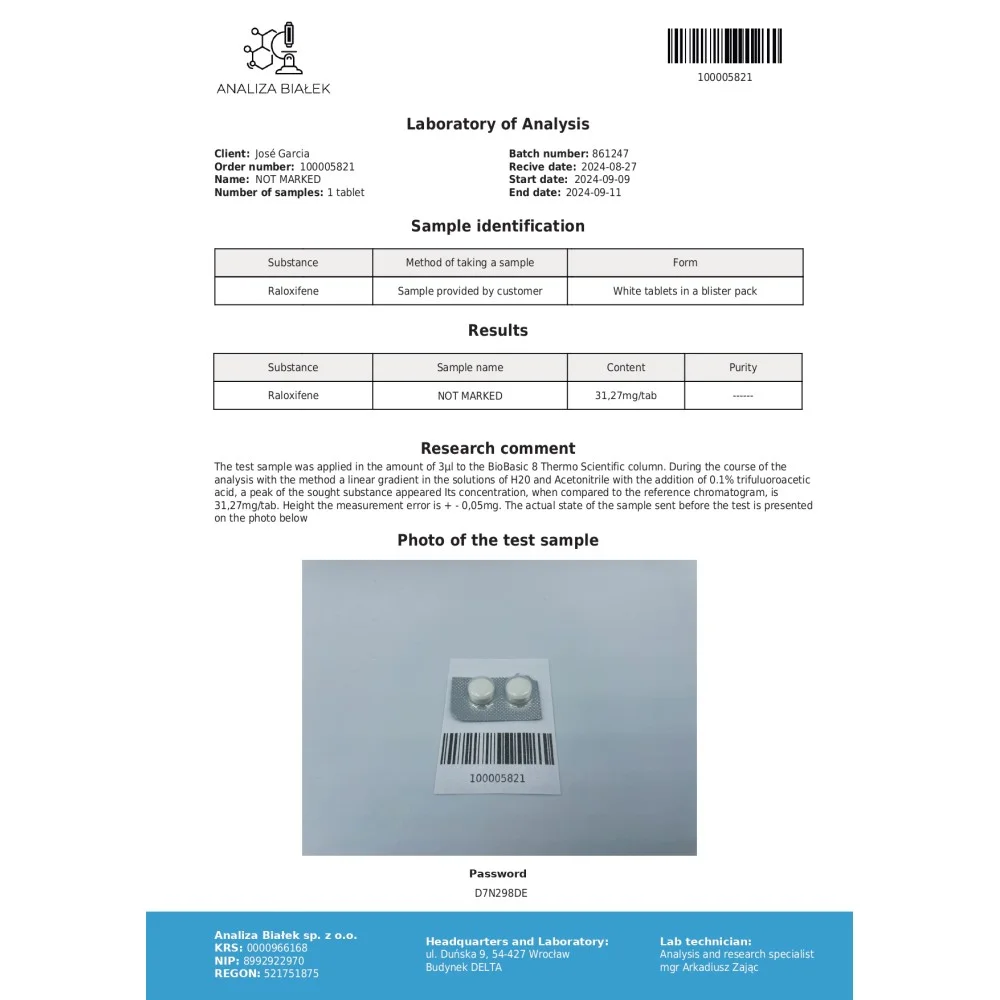





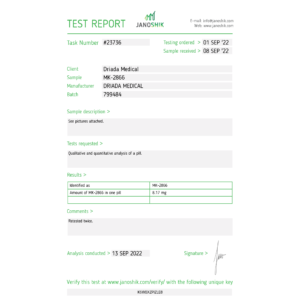
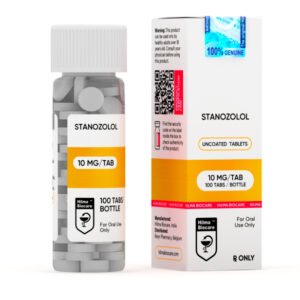
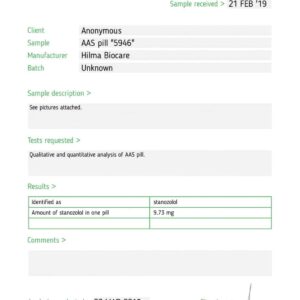




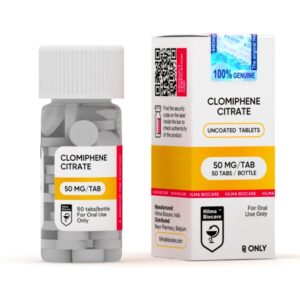

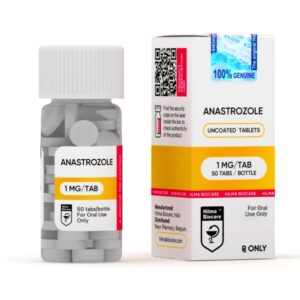
Reviews
There are no reviews yet.